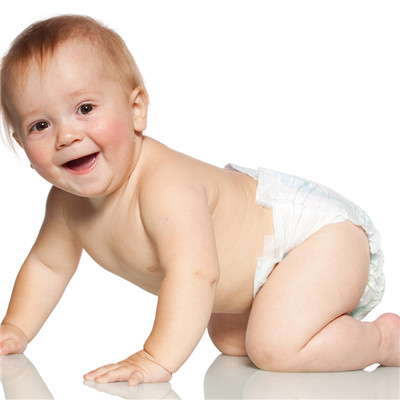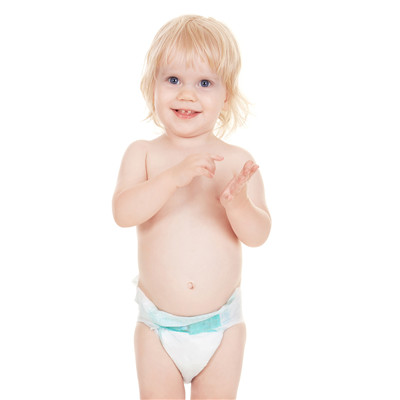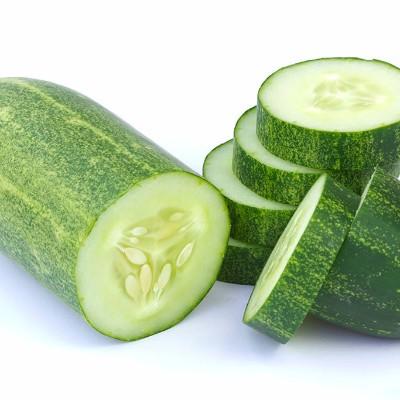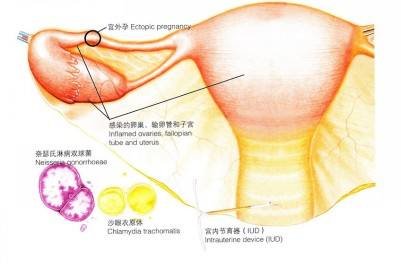Neonatal jaundice hepatitis symptoms?
summary
Normal term babies, in the first week after birth, 60% will appear jaundice, premature babies have 80% will appear jaundice. Because the baby's liver function is not yet mature, mild jaundice, is a normal phenomenon, but parents still can not ignore, the severity of baby jaundice, and if the duration is too long, may affect the baby's health, we must be vigilant, careful observation. Neonatal jaundice hepatitis symptoms? Let's talk about it.
Neonatal jaundice hepatitis symptoms?
The first is that normal full-term infants with physiological jaundice appear jaundice on the second to fourth day after birth, reach the peak on the fourth to fifth day, and disappear within one to two weeks, while premature infants last for a long time; The average jaundice index was 11-12 mg. Physiological jaundice is due to the baby's liver function is not yet mature, can not decompose the discharge of bilirubin, and some of the bilirubin has been discharged into the intestine and absorbed into the blood by the baby's intestine, resulting in jaundice.

Second: pathological jaundice 1. Blood diseases such as: ABO blood group incompatibility, Rh blood group incompatibility, congenital hemolytic disease, etc. 2. Liver diseases such as congenital biliary atresia, congenital hepatitis, etc. 3. Infection leads to the decrease of liver function. 4. The production process leads to neonatal scalp congestion.

Third: the time of jaundice: if jaundice occurs within 24 hours after birth, hemolytic disease of the newborn should be considered first, followed by congenital infection such as cytomegalovirus infection; Physiological jaundice was the most common in 2-3 days, and ABO hemolysis should be excluded; Septicemia and breast milk jaundice were more common in 4-7 days; The patients with jaundice after 7 days may have sepsis, neonatal hepatitis, biliary atresia, breast milk jaundice, spherocytosis, etc.

matters needing attention
Note (1) judge the degree of jaundice. Parents can observe the degree of neonatal skin yellowing under natural light. If it is only facial yellowing, it is mild jaundice; The skin of the trunk was yellow, which was moderate jaundice; If the limbs and hands and feet also appear yellow, for severe jaundice. (2) observe the color of stool. If the stool becomes clay color, pathological jaundice should be considered, which is mostly caused by congenital biliary malformation. If the degree of jaundice is serious, accompanied by symptoms or abnormal stool color, you should go to the hospital in time to avoid delay in treatment. (3) make the feces discharge as soon as possible. Because there is a lot of bilirubin in the feces, if the feces are not discharged completely, bilirubin will be reabsorbed into the blood through the special hepatointestinal circulation of the newborn, which will increase jaundice. (4) to give the newborn enough water, too little urine is not conducive to the excretion of bilirubin.














